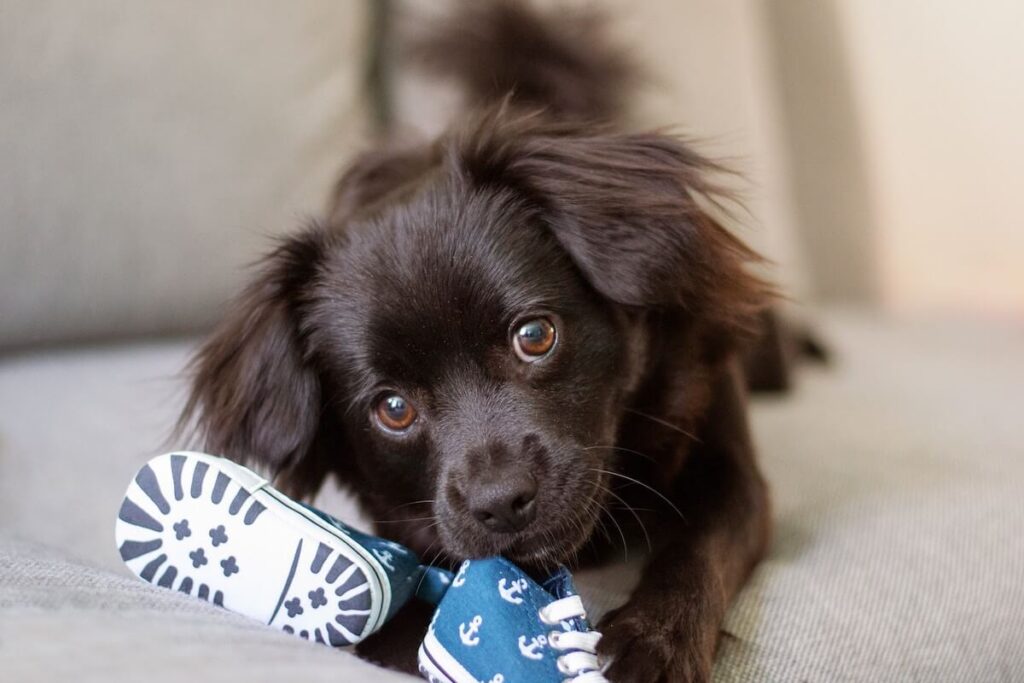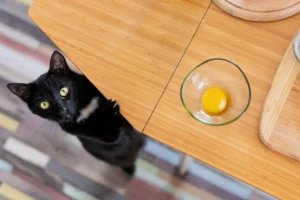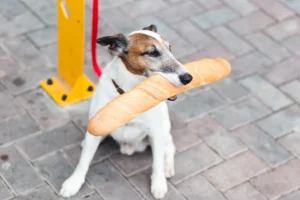Getting nervous when you leave? Chewing furniture?
Does your beloved dog get nervous when they see you leaving for work? Do they become overly happy when you come home? Did they also chew off that one corner of the dining table? Then they might have what we call dog separation anxiety.

Dog Separation Anxiety, what is it?
Separation anxiety in dogs, or dog separation anxiety occurs when a hyper – attached canine becomes super stressed when they are left alone. There are a couple scenarios that contribute to separation in dogs. For instance, when they are left alone for the first time after spending so much time being around people, when there is a change of ownership in a dog’s life, a sudden change in family routine or schedule, the loss of a beloved family member or when they move from a shelter to a home for the first time as well.
Signs of Separation Anxiety in Dogs
Some of the signs that you can look out for a dog with separation includes:
- Excessive barking, howling and whining
- Excreting and defecating indoors (even though they are potty trained)
- Unusual drooling, panting or salivating
- Obsessive pacing
- Escaping from home
Treatments & Remedies
There are several well practiced ways of addressing dog separation anxiety. We’ve collected a few for you to try:
- Set a Routine – – The best way to calm an anxiety ridden dog is by making their day calmer and more predictable regardless of whether you’re at home or away. Having a daily routine allows your dog to predict when they could expect attention from you (play time, exercise, feeding and training) and when they could not (leaving home, working, cooking).
- Meet Your Dog’s Needs – When interacting with your pup, be sure that you are meeting their need to socially interact, play, train or relax. When initiating daily regular interactive sessions, your dog is able to relax and settle for the day when these sessions come to an end.
- Make A Space For Relaxation – Have a secure space for your dog to relax in. This could be anywhere in your house (a separate room, nook or crate is highly recommended) that could also teach your dog how to rest, nap, play with their toys or sleep when you are not home or busy with work. Having a barricade to ensure that your dog remains in that space for extended periods of time is also helpful in the long run. At the same time, it is also best to know your dog’s limits when training them. Ensure that they are calm and settled when released to avoid reinforcing any crying or barking behaviors.
- Teach Dogs To Settle – The best way to start with this particular training is to first ensure that your dog is settled in their bed or crate after they have completed a training session. Instill in them that a settled response achieves awards but attention seeking does not. These forms of rewards could either result in your dog having their favorite foods / treats. Other methods of training such as the use of clicker training (a type of training that communicates the exact moment your dog does what you want) or the head halter training (a behavioral tool used to guide or lead a dog). The longer they stay in their designated space, the more attention, affection and treats are earned.
- Establish Protocol for Rewards – Dogs with separation anxiety tend to favor rewards that center on the attention and playtime that is provided by their paw parents. Having a treat, or something fun to chew on at the end of the day is an added bonus. Therefore, it is crucial that you remind your pup that settling down, relaxing and showing independence when you are working is good behavior but attention seeking is not. Getting them to follow instructions on command is the main aim of this training, your dog must learn that being calm and quiet is the only best way to receive attention from its paw parent.
- Work on Simple Commands (For Quicker Responses) – An example of this is when you command your pup to “sit” before they are provided with their food. Likewise, this particular technique can be used for other familiar scenarios. Having your dog stay in their space when you are busy with work is one of them. However, it is important to keep in mind that their behavior should be rewarded after. Dogs, in their nature, are very social beings, so showering them with attention after they have spent an entire day to themselves will also help strengthen the bond between the both of you.
Did this help?
We’re a small but very passionate team of pet lovers who started a business to help extend the life and health of dogs and cats. We cook healthy and pure dog food from meat and veggies and nothing else! We followed international research in crafting our food. Visit our Recipes page to take a look at what’s on the menu.
If you want to improve your dog’s fur shine, energy and overall health level, try feeding them Petchef for a month and you’ll be pleasantly surprised by the results.





















